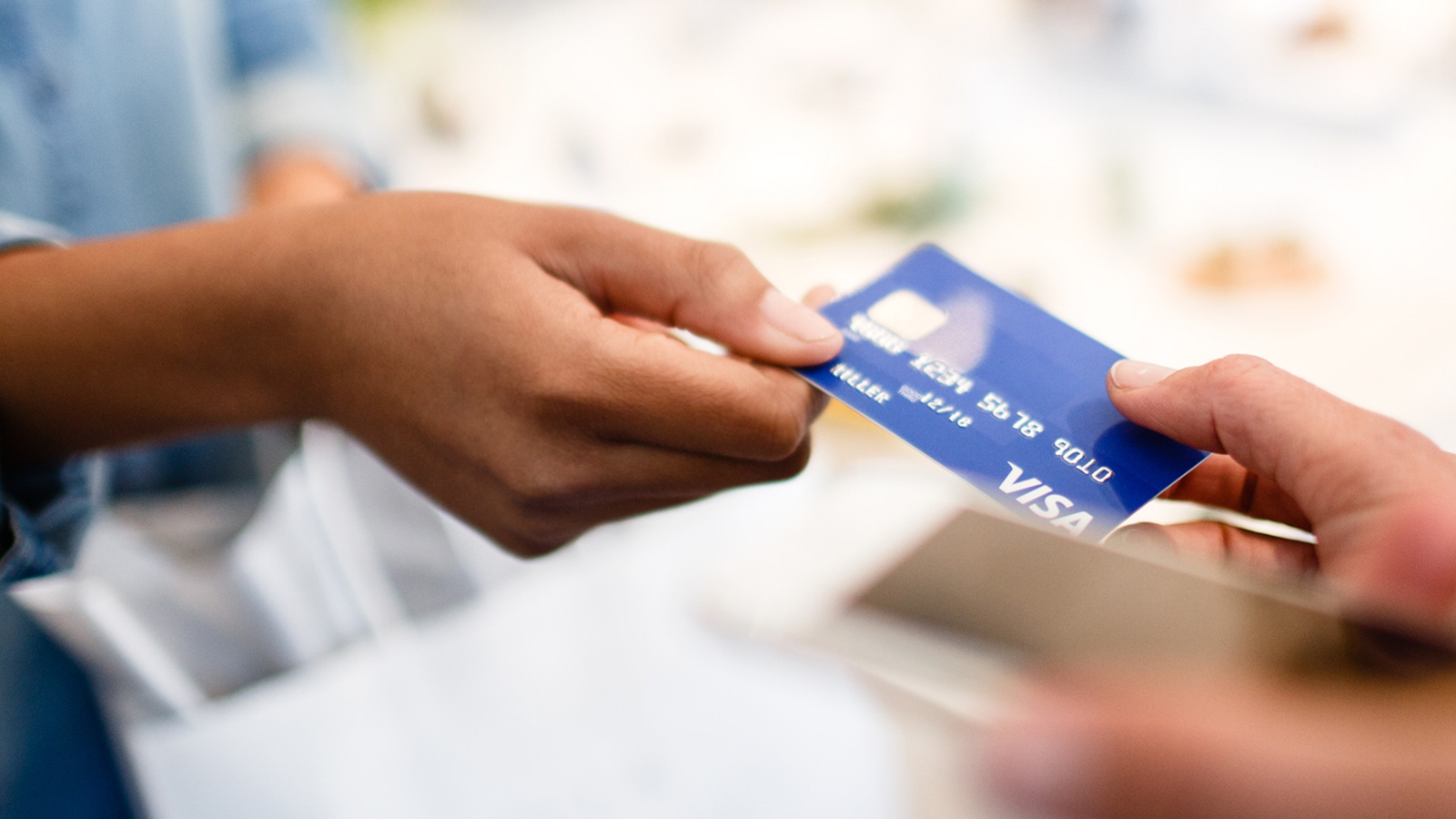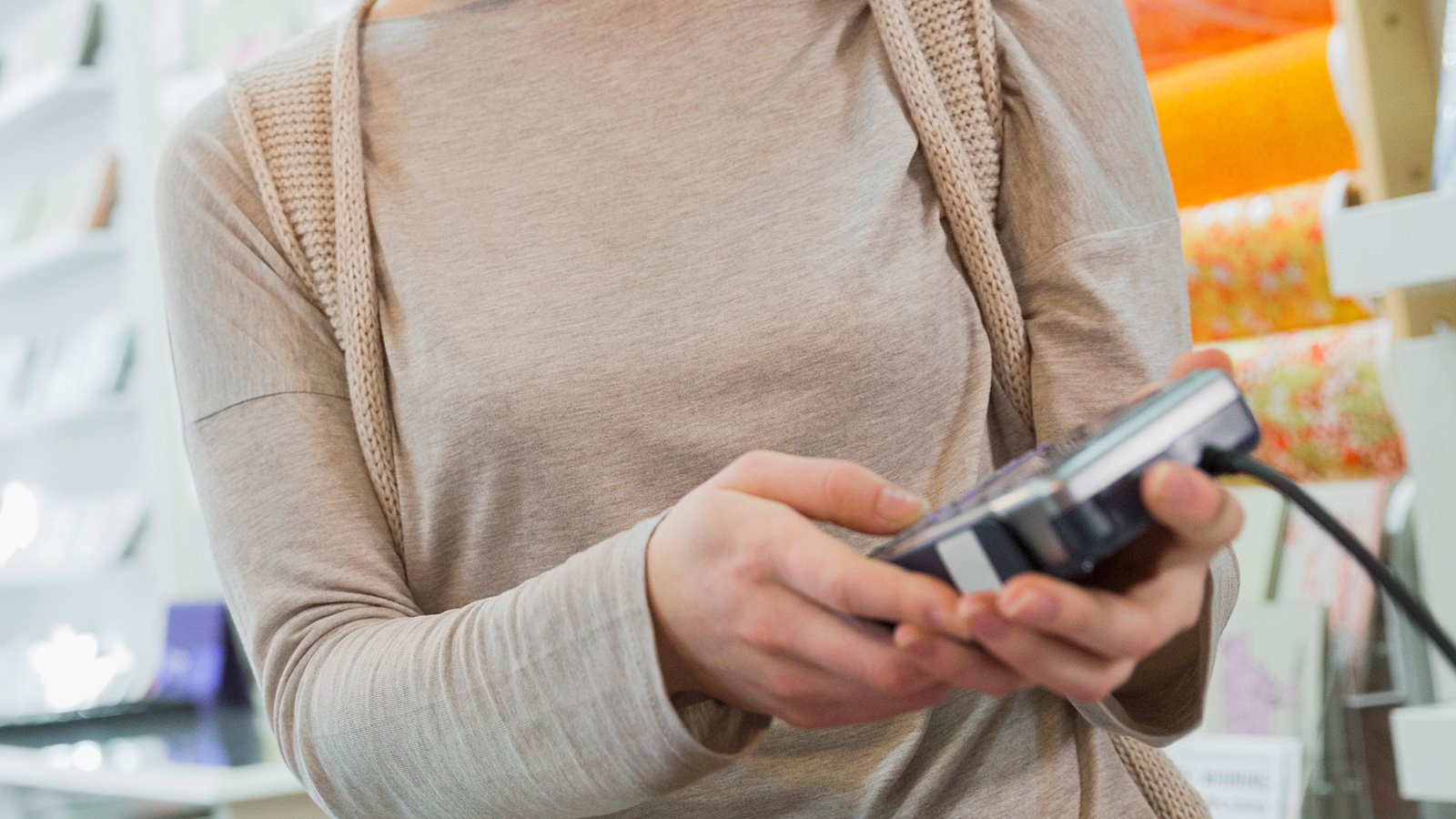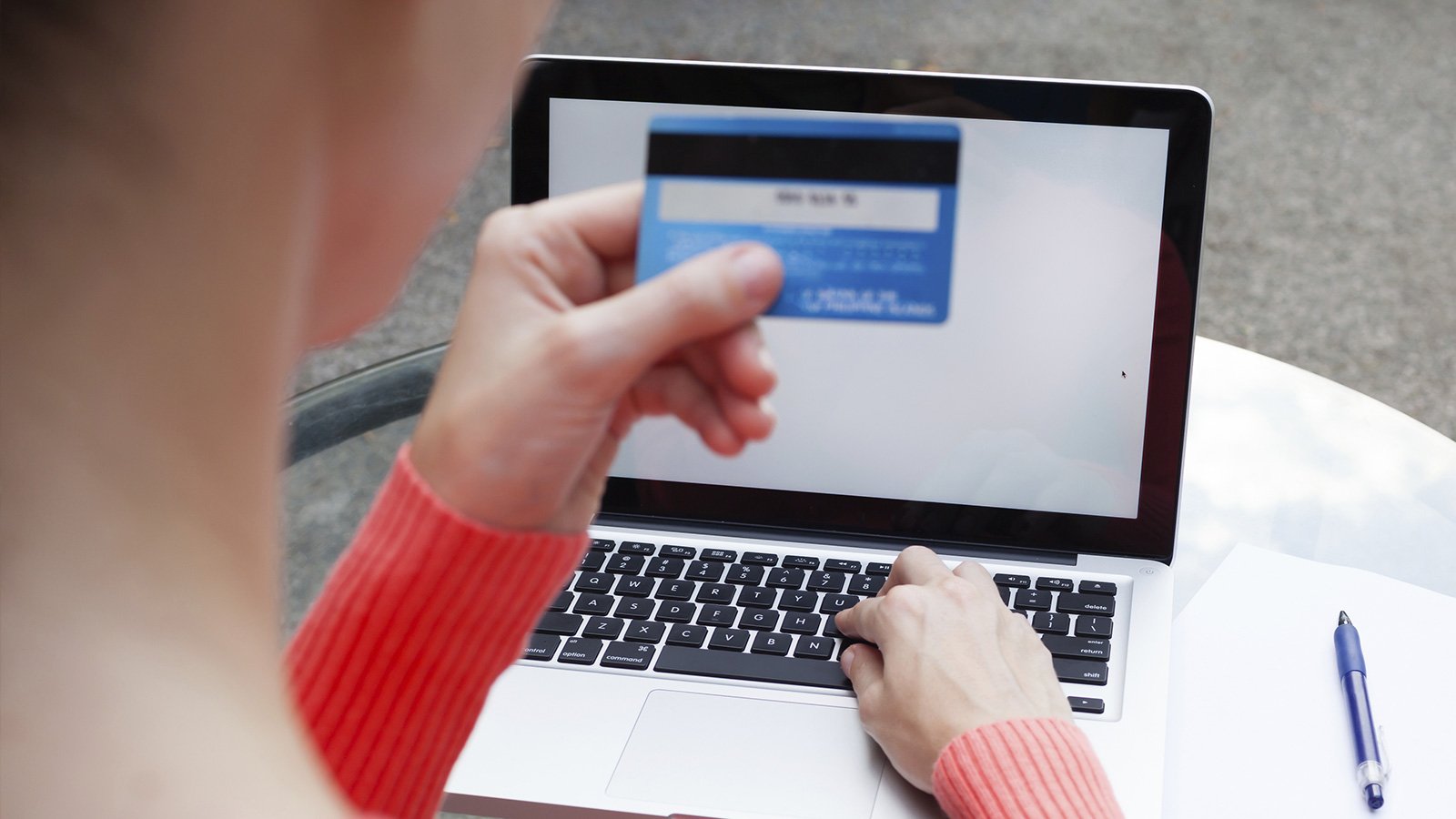Insert the card into a chip-reading device or wave the card in front of a Visa payWave contactless payment terminal to request the transaction authorization.

Protéger votre entreprise contre la fraude
Assurez la sécurité de vos transactions.
Si vous acceptez les cartes en personne, il existe des étapes à suivre.
Insert the card into a chip-reading device or wave the card in front of a Visa payWave contactless payment terminal to request the transaction authorization.
While the transaction is being processed, check the card’s unique design features and security elements, if possible. Make sure the card is valid and has not been altered in any way.
Adhere to your merchant store procedures and respond accordingly.
Compare the name and last four digits of the account number to those on the transaction receipt.
Prenez des précautions supplémentaires lorsque vous ne pouvez pas voir la carte du client. Les éléments de sécurité des cartes Visa ne s’appliquent pas tous à ces transactions.
Autorisez chaque transaction et incluez la date d’expiration de la carte dans chaque demande d’autorisation.
Utilisez uniquement des applications de paiement sécurisées et validées.

Un code d’autorisation à usage unique protège les transactions par carte à puce.

Le titulaire de carte saisit un mot de passe aux fins de vérification de son identité, qui est confirmé par l’émetteur en temps réel.

Vérifiez l’adresse de facturation auprès de l’émetteur de carte.

Il s’agit d’un numéro à trois chiffres imprimé sur la bande de signature de toutes les cartes Visa.

Services pour le traitement des paiements en ligne, la simplification de la gestion de la fraude et la simplification de la sécurité en matière de paiements.
Trust your instincts! If a sale seems too good to be true, it probably is. We hear all too often that what a merchant thought was a great sale turned out to be fraud. So take the time to check out that huge order that is being shipped halfway around the world to a customer with whom you’ve never done business. A little bit of extra work may protect you from being the victim of a fraud scheme.
Merchants should establish procedures for responding to suspicious transactions. Your sales staff should be familiar with these procedures and receive regular training on them.
Card-Present Merchants
If your sales staff is suspicious of fraud, they should follow the established procedures, which could include asking for identification in accordance with the following rule:
A merchant may request cardholder identification in a face-to-face environment. If the name on the identification does not match the name on the card, the merchant may decide whether to accept the card. If the cardholder does not have or is unwilling to present cardholder identification, the merchant must honor the card.
For suspicious MO/TO transactions, you should:
For suspicious transactions, e-commerce merchants should establish effective procedures for cardholder verification calls. Contacting customers directly not only reduces fraud risk, but also builds customer confidence and loyalty. Your verification procedures should address the need both to identify fraud and leave legitimate customers with a positive impression of your company.
Visa Travelers Cheques are a safer and more secure form of payment than cash and are accepted around the world at millions of locations. But like most forms of payment, criminals can attempt to use counterfeit or stolen travelers cheques to make purchases.

Cybercriminals Targeting Point of Sale Integrators (PDF)
5 Important Visa Rules That Every Merchant Should Know (PDF)